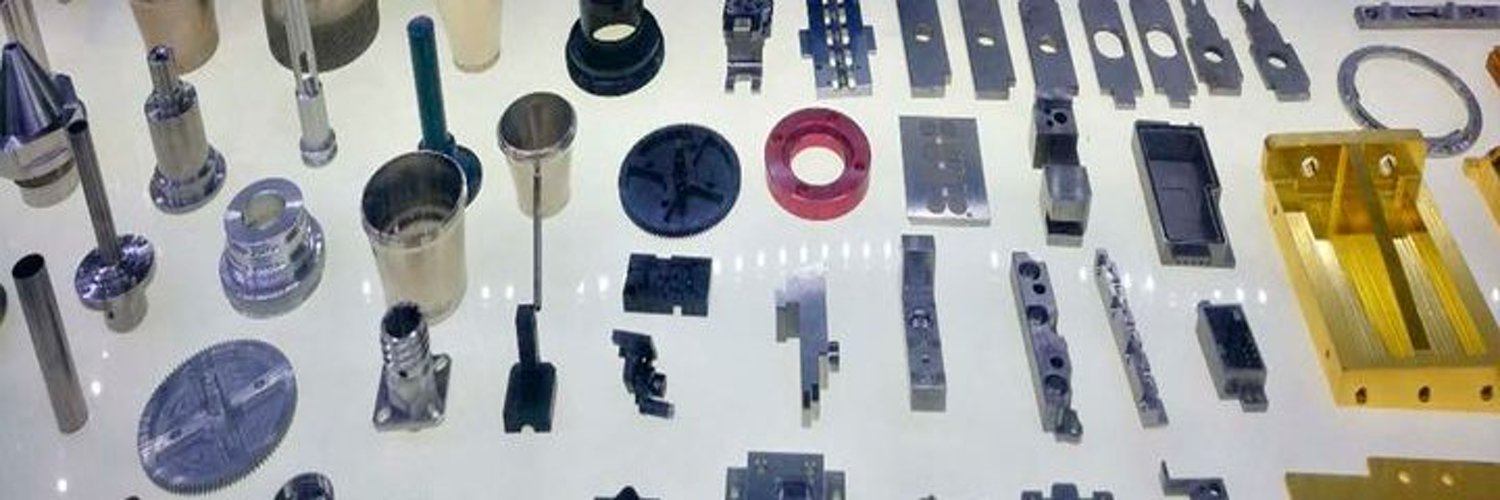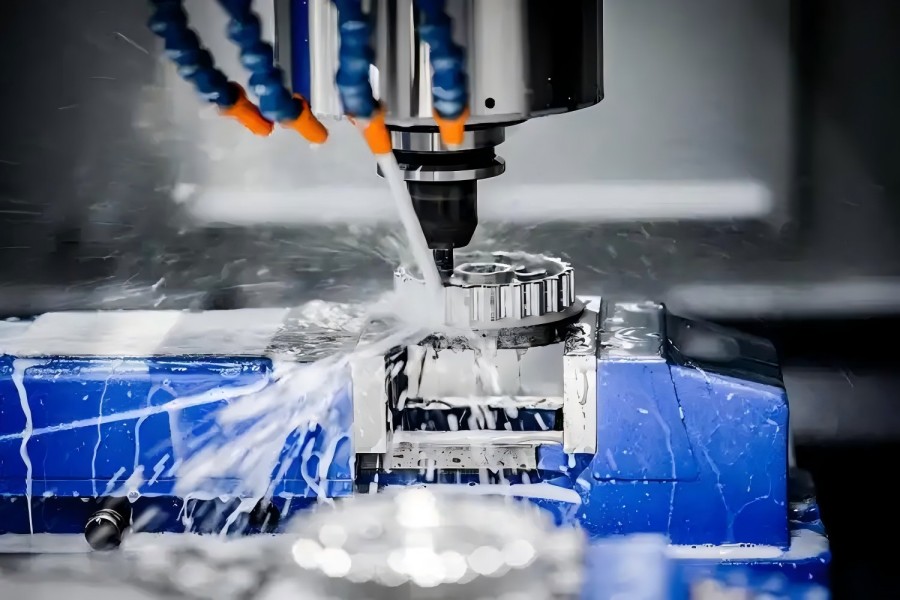Support Categories
Contact Us
020-86988980
- Guangzhou Sinoth Import and Export Co., LTD
Tel: 020-8968-8980
Website:www.gzsynoth.com
Email: belinda@dginfa.com(24 hours online)
Phone: +86 189 2740 6786
Address: No 5, Jinshi Three Street, Shiling Town, Huadu District,Guangzhou City, Guangdong Province
Support
Current Location:Home > Support > Support
Milling: A Key Process in Precision Manufacturing
Add Time:2024-04-23
01.Basic principles of milling processing
Milling is a process of cutting materials on the surface of a workpiece to form the desired shape by rotating the tool.It uses a milling cutter as a cutting tool,usually a rotating blade with multiple cutting edges.The milling cutter rotates and moves at different speeds and directions,making contact with the surface of the workpiece,gradually removing material,and ultimately forming the desired shape.
The key elements of milling processing include:
1.Milling cutter
The milling cutter is the core component of milling processing.It can have various shapes and cutting edges,and can be selected according to the shape and requirements of the workpiece.Milling cutters are usually made of sturdy materials to resist cutting forces and high-speed rotation.
2.Machine tools
Milling is usually carried out on a milling machine,which is a mechanical device specifically designed to support and control the movement of milling cutters.The milling machine includes a workbench that can fix the workpiece and has a multi axis control system for controlling the position and movement of the milling cutter.
3.Tool path
Process engineers use computer-aided design(CAD)software to create tool paths,which is a detailed plan that outlines how the milling cutter moves on the workpiece to form the desired shape.These paths include cutting depth,speed,feed rate,and cutting direction.
4.Cooling and lubrication
02.Application fields of milling processing
Milling processing has a wide range of application areas,including but not limited to:
1.Automobile manufacturing
Milling is used to manufacture automotive engine components,transmission systems,and braking systems.High precision milling ensures the performance and reliability of the engine.
2.Aerospace
The components of airplanes and spacecraft typically require very high precision and lightweight.The milling process can produce complex components that meet these needs.
3.Electronic manufacturing
The outer shell and internal components of mobile phones,computers,and other electronic devices usually require milling to ensure the accuracy and interchangeability of each component.
4.Medical equipment
The manufacturing requirements for medical equipment are very high,and milling can be used to manufacture surgical instruments,artificial joints,and dental equipment.
5.General Manufacturing
Milling is very common in general manufacturing,used to manufacture various industrial components,tools,and equipment.
Milling plays a crucial role in modern manufacturing,with the following characteristics:
1.High precision
Milling provides high-precision cutting,allowing the workpiece to meet very strict dimensional and geometric requirements.This is crucial for some critical applications,such as aerospace and medical equipment.
2.Complex shapes
Milling can manufacture various complex shaped parts,including internal and external gears,threads,camshafts,and profiles,which are essential in many industries.
3.Stable mass production quality
Milling can be used for mass production to quickly and accurately manufacture a large number of parts with the same quality and stability.
Milling is a process of cutting materials on the surface of a workpiece to form the desired shape by rotating the tool.It uses a milling cutter as a cutting tool,usually a rotating blade with multiple cutting edges.The milling cutter rotates and moves at different speeds and directions,making contact with the surface of the workpiece,gradually removing material,and ultimately forming the desired shape.
The key elements of milling processing include:
1.Milling cutter
The milling cutter is the core component of milling processing.It can have various shapes and cutting edges,and can be selected according to the shape and requirements of the workpiece.Milling cutters are usually made of sturdy materials to resist cutting forces and high-speed rotation.
2.Machine tools
Milling is usually carried out on a milling machine,which is a mechanical device specifically designed to support and control the movement of milling cutters.The milling machine includes a workbench that can fix the workpiece and has a multi axis control system for controlling the position and movement of the milling cutter.
3.Tool path
Process engineers use computer-aided design(CAD)software to create tool paths,which is a detailed plan that outlines how the milling cutter moves on the workpiece to form the desired shape.These paths include cutting depth,speed,feed rate,and cutting direction.
4.Cooling and lubrication
02.Application fields of milling processing
Milling processing has a wide range of application areas,including but not limited to:
1.Automobile manufacturing
Milling is used to manufacture automotive engine components,transmission systems,and braking systems.High precision milling ensures the performance and reliability of the engine.
2.Aerospace
The components of airplanes and spacecraft typically require very high precision and lightweight.The milling process can produce complex components that meet these needs.
3.Electronic manufacturing
The outer shell and internal components of mobile phones,computers,and other electronic devices usually require milling to ensure the accuracy and interchangeability of each component.
4.Medical equipment
The manufacturing requirements for medical equipment are very high,and milling can be used to manufacture surgical instruments,artificial joints,and dental equipment.
5.General Manufacturing
Milling is very common in general manufacturing,used to manufacture various industrial components,tools,and equipment.
Milling plays a crucial role in modern manufacturing,with the following characteristics:
1.High precision
Milling provides high-precision cutting,allowing the workpiece to meet very strict dimensional and geometric requirements.This is crucial for some critical applications,such as aerospace and medical equipment.
2.Complex shapes
Milling can manufacture various complex shaped parts,including internal and external gears,threads,camshafts,and profiles,which are essential in many industries.
3.Stable mass production quality
Milling can be used for mass production to quickly and accurately manufacture a large number of parts with the same quality and stability.



